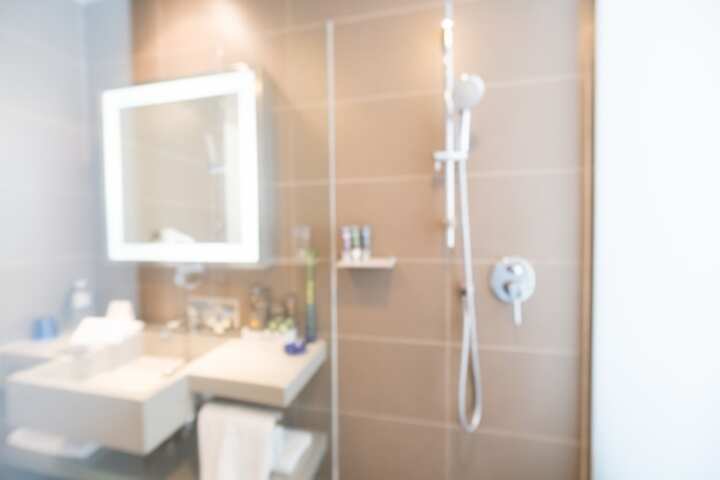
Upgrade Your Home with Professional Heated Flooring Installation
Transforming your living space into a warm and comfortable oasis is a dream for many homeowners. One of the most effective ways to achieve this is by installing heated flooring. This innovative home improvement solution not only enhances comfort but also elevates the overall aesthetic and value of your home. With the growing popularity of this technology, understanding the benefits, types, and installation process of heated flooring can help you make an informed decision.
Benefits of Heated Flooring
- Comfort and Warmth: Heated floors provide consistent warmth throughout the room, eliminating cold spots and ensuring comfort underfoot.
- Energy Efficiency: These systems are energy-efficient, often using less energy than traditional heating systems, potentially leading to cost savings on energy bills.
- Improved Air Quality: Unlike conventional heating systems, heated floors do not circulate dust and allergens, promoting better air quality.
- Space-Saving Design: Heated flooring eliminates the need for bulky radiators or vents, providing a sleek and unobtrusive design.
Types of Heated Flooring Systems
Electric Radiant Floor Heating
Electric systems are popular for their ease of installation and control. They consist of electric cables or mats installed beneath the flooring surface. These systems are ideal for smaller spaces or retrofit projects. Read more about this topic.
Hydronic Radiant Floor Heating
Hydronic systems use hot water circulated through tubing beneath the floor. This method is highly efficient and suitable for larger installations. While the initial setup cost may be higher, the running costs are typically lower than electric systems. Learn more in this detailed guide.
Installation Process
Professional installation of heated flooring is crucial to ensure optimal performance and longevity. The process generally involves the following steps:
- Assessment and Planning: A thorough assessment of the area is essential to determine the most suitable system and layout.
- Subfloor Preparation: The subfloor needs to be properly prepared to ensure a smooth and efficient installation.
- System Installation: Depending on the chosen system, electric cables or hydronic tubing are installed. Professional installers ensure precise placement to maximize efficiency.
- Testing and Calibration: After installation, the system is thoroughly tested and calibrated to ensure it operates correctly.
Explore further insights here.
Considerations for Heated Flooring
When contemplating heated flooring for your home, consider the following factors:
- Flooring Material: Not all flooring materials are suitable for heated systems. Materials like tile, stone, and concrete are excellent choices due to their thermal conductivity.
- Budget: Consider both the initial installation cost and long-term energy savings when planning your budget.
- Professional Installation: Always opt for professional installation to ensure safety and efficiency. Find additional information here.
Conclusion
Upgrading your home with heated flooring is a decision that combines comfort, efficiency, and modern design. By understanding the benefits, exploring the types of systems available, and ensuring a professional installation, homeowners can enjoy the luxury of warm floors and enhanced living spaces. Whether for new construction or a home renovation, heated flooring can be a worthwhile investment that brings satisfaction for years to come.